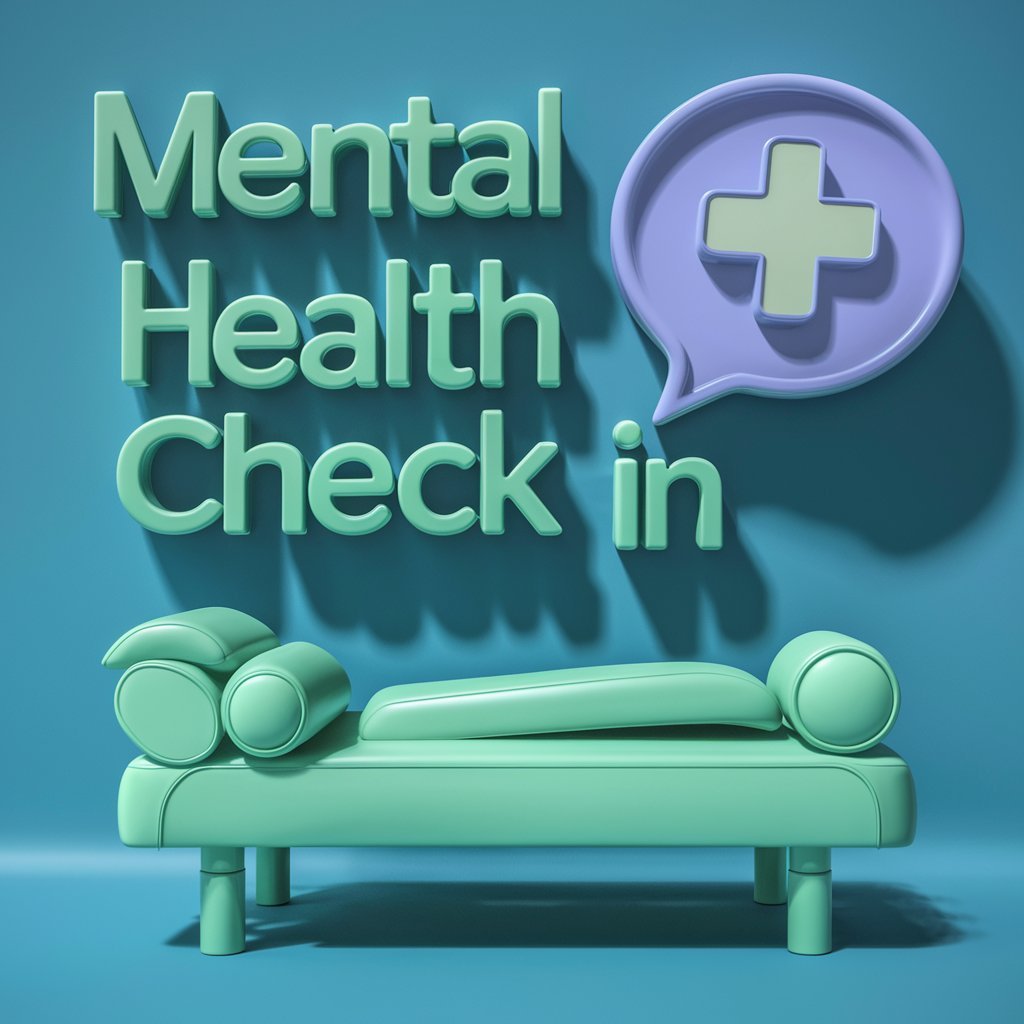Trigger warnings have become a common practice in today’s society. They are used to alert individuals to potentially distressing content and provide them with the opportunity to prepare themselves emotionally before encountering such material. However, the use of trigger warnings has sparked a debate on whether they actually help or hinder the healing process for individuals who have experienced trauma.
Arguments in Favor of Trigger Warnings
Proponents of trigger warnings argue that they serve as a tool for individuals to have more control over their exposure to triggering content. By providing a warning before potentially harmful material, individuals can make an informed decision on whether they are ready to engage with it or if they need to avoid it altogether. This sense of agency can be empowering for trauma survivors and can prevent retraumatization.
Furthermore, trigger warnings can help individuals feel safer in their environment. Knowing that they will be alerted to triggering content allows them to navigate spaces more confidently and reduces the risk of unexpected triggers that could lead to heightened anxiety or panic attacks.
Arguments Against Trigger Warnings
On the other hand, critics of trigger warnings argue that they may hinder the healing process by promoting avoidance rather than confronting the source of trauma. By creating a protective bubble around individuals, trigger warnings could prevent them from engaging in exposure therapy, which is a common treatment for PTSD and other trauma-related disorders.
In addition, there is concern that trigger warnings may reinforce a victim mentality and perpetuate a culture of fragility. Some critics believe that constantly shielding individuals from discomfort hinders their ability to build resilience and cope with adversity, which are essential skills for healing from trauma.
Conclusion
While the debate on trigger warnings continues, it is important to consider the individual needs and preferences of trauma survivors. Some individuals may benefit from trigger warnings as a form of self-care and protection, while others may find them limiting and hindering to their healing process. Ultimately, the effectiveness of trigger warnings in aiding healing from trauma may vary from person to person, and it is crucial to approach this issue with empathy and understanding.
FAQs
FAQ 1: Are trigger warnings beneficial for all trauma survivors?
Trigger warnings can be beneficial for some trauma survivors who may find them helpful in managing their triggers and emotions. However, it is essential to recognize that individual experiences with trauma vary, and what works for one person may not work for another. It is important to respect the autonomy of trauma survivors in choosing whether or not to engage with trigger warnings.
FAQ 2: How can we balance the use of trigger warnings with the need for exposure therapy in trauma healing?
It is crucial to strike a balance between providing trigger warnings for individuals to make informed choices about their exposure to triggering content and promoting exposure therapy as a form of healing from trauma. It may be helpful to offer trigger warnings as a voluntary tool for individuals to use as needed, while also encouraging them to work with healthcare professionals to develop a comprehensive treatment plan that includes exposure therapy when appropriate.





